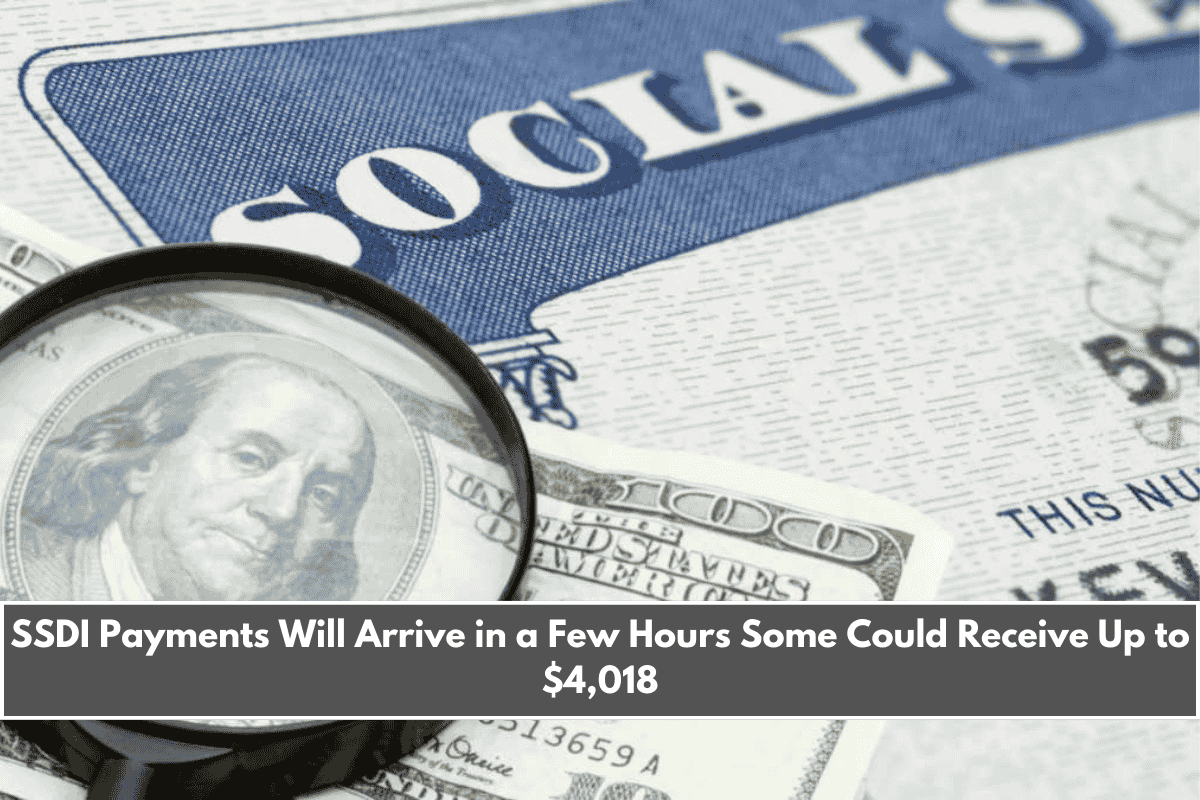Social Security Disability Insurance (SSDI) is a federal program available across the United States, designed to give financial support to people with long-term or life-threatening disabilities. It’s managed by the Social Security Administration (SSA) and is meant for individuals who have a work history but are now unable to work due to a serious medical condition.
What Is SSDI and How Is It Different From Retirement Benefits?
While both SSDI and Social Security retirement benefits are handled by the SSA, they are not the same. SSDI is for workers who become disabled before reaching retirement age.
To qualify for SSDI, you must:
- Have a medical condition that prevents you from working for at least 12 months, or could result in death
- Provide medical documentation to prove your condition
- Have earned enough work credits, which are based on your past contributions to Social Security
The amount you receive each month is calculated from your Average Indexed Monthly Earnings (AIME), which takes into account your highest 35 years of income.

What Happens When SSDI Beneficiaries Reach Retirement Age?
Once a person receiving SSDI reaches their full retirement age, their disability benefits automatically convert to retirement benefits. The monthly payment stays the same, and there’s no break in the benefit.
It’s also important to know that SSDI is not the same as SSI (Supplemental Security Income). SSI is designed for low-income individuals with limited resources and does not require a work history.
SSDI Payment Schedule for April 2025
SSDI payments are made on Wednesdays, based on your birth date or when you first started receiving benefits. Here’s how the April 2025 payment schedule works:
- April 3 (Thursday): For people who started receiving benefits before May 1997
- April 9 (Second Wednesday): For those born between the 1st and 10th
- April 16 (Third Wednesday): For those born between the 11th and 20th
- April 23 (Fourth Wednesday): For those born between the 21st and 31st
As of April 8, the April 3 payment has already been sent, and the remaining payment dates are still pending.
How Much Can You Receive on SSDI in 2025?
In 2025, the maximum monthly SSDI benefit is $4,018, but very few people qualify for this full amount. This limit applies to those who had consistently high salaries and paid maximum Social Security taxes over many years.
The average SSDI payment is much lower. The 2025 amount reflects a 2.5% Cost of Living Adjustment (COLA), added to help offset inflation. These adjustments are made every year to help beneficiaries maintain their buying power.











Leave a Reply